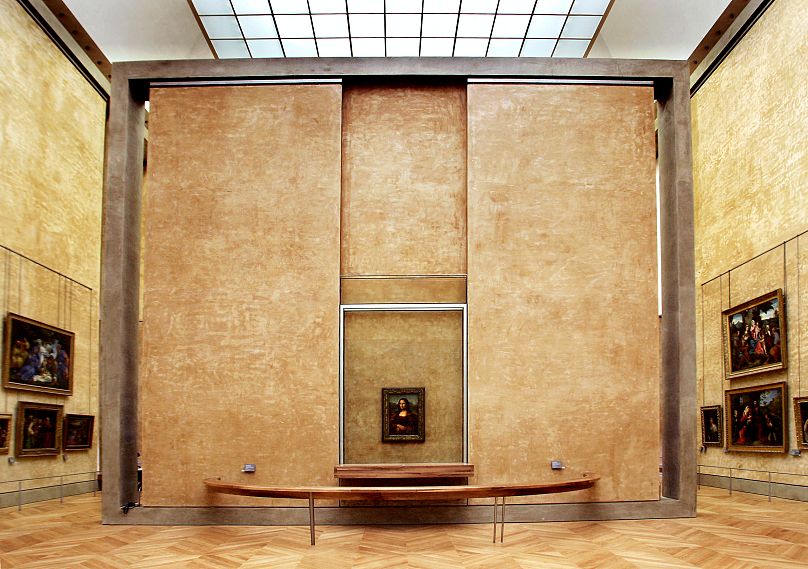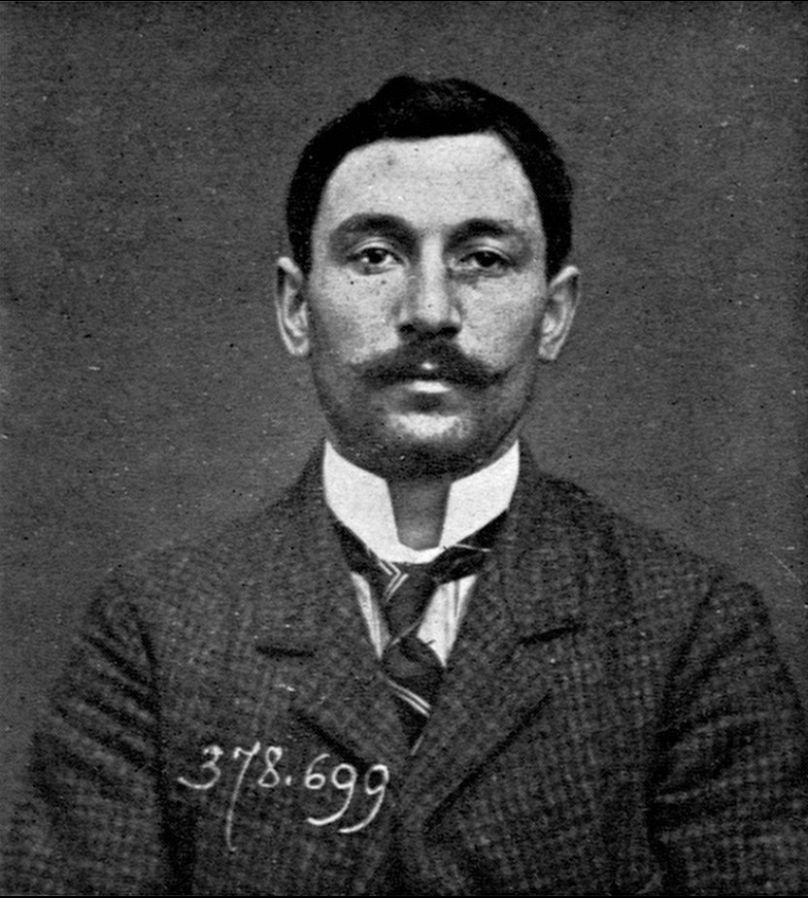21 August 1911: The day the Mona Lisa was stolen
Leonardo da Vinci’s Mona Lisa is probably the most famous painting in existence for a number of reasons. The first is that it’s one of the only still existing paintings from the renaissance master. The second is the technical skill with which da Vinci painted the portrait compared to his era’s contemporaries.
But the third reason is perhaps the most significant. On this day in 1911, the painting was stolen, turning it into an international sensation beyond any other work.
All art trades in reputation as well as aesthetic value. In 1911, the Mona Lisa was already a prized work of art. Painted by da Vinci between 1503 and 1506, it spent time in the Palace of Versailles and Napoleon’s bedroom before landing in its eventual home, the Louvre in Paris.
Despite its reputation among France’s leaders, it didn’t have the same international recognition from gallery visiting punters. Until it was stolen.
Discovered missing the next day, the museum closed for a week to ascertain the whereabouts of the piece. The police were lost as to who could have done it, while the international press went crazy for the story.
Soon, artists were dragged in for questioning by investigators. First French poet Guillaume Apollinaire was arrested in under suspicion. Apollinaire spent a week in police custody as they connected him with some stolen Egyptian statuettes from the Louvre.
Unable to pin the theft on Apollinaire, he dobbed in his friend, the artist Pablo Picasso. Picasso had previously bought stolen art off his friend. At that time living it large with an artistic circle in Paris, Picasso was worried he'd be deported to Spain and denied knowing Apollinaire. Both were later exonerated from the case.
It wasn’t until 1913 that there were any leads in the case. A man named Leonardo Vincenzo wrote to an art dealer in Florence, offering the painting for 500,000 lire to be shown in the Uffizi Gallery.
When the offer was agreed, the man travelled to Florence with the Mona Lisa in a trunk and booked a night at a hotel. It was there that the man was arrested.
Though he went by Leonardo Vincenzo, the thief’s real name was Vincenzo Peruggia. An employee of the Louvre, Peruggia had helped design the glass case the Mona Lisa was kept in. Stealing it had been simple. He waited overnight in a broom closet, before walking out with it under his smock in the morning.
Peruggia claims he was motivated to steal the painting to return it into Italy’s rightful hands. He was upset by the idea that Napoleon had stolen it, despite the historical fact that da Vinci himself had gifted the painting to France when he moved there in the 16th century.
Other theories suggest that Peruggia was interested in cold hard cash. Either through selling the painting to a dealer, or by an associate profiting off selling copies of the original.
Peruggia did manage to get the Mona Lisa hung in an Italian gallery though. It was exhibited in the Uffizi for two weeks after its capture, before returning to the Louvre, where it has been ever since. Luckily for Peruggia, he managed to get away with only a short spell in prison. For the Mona Lisa, the whole affair guaranteed its place in art history.













